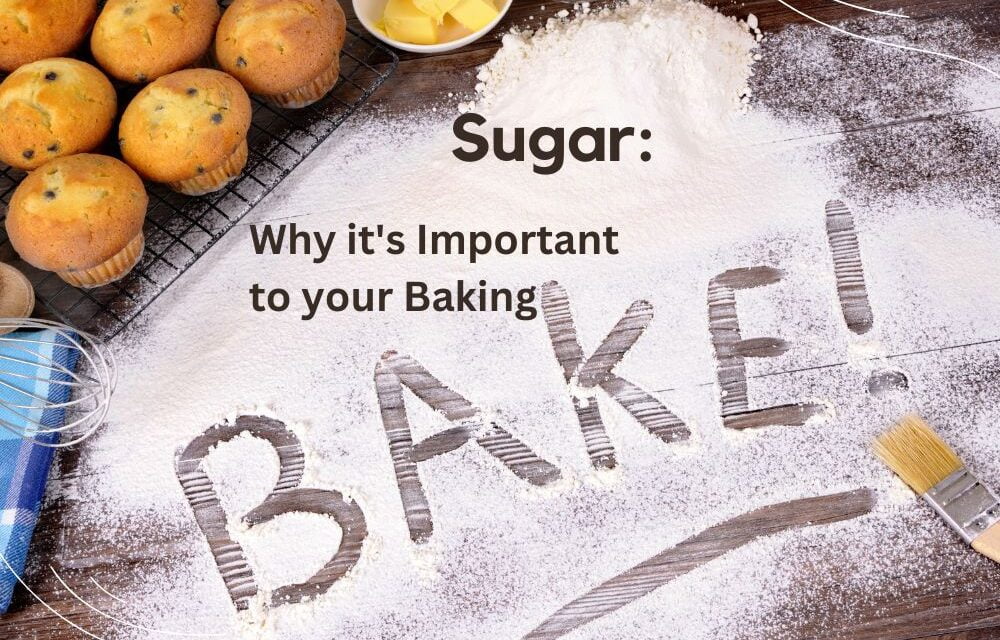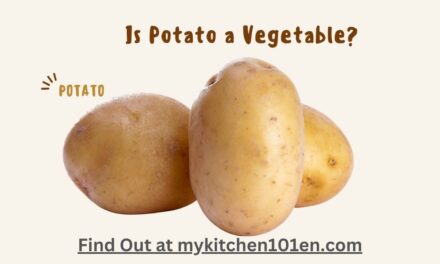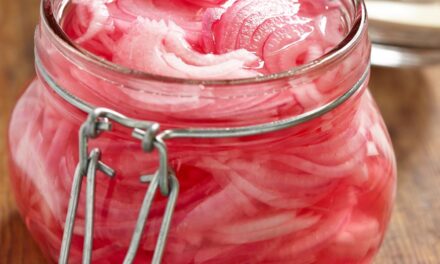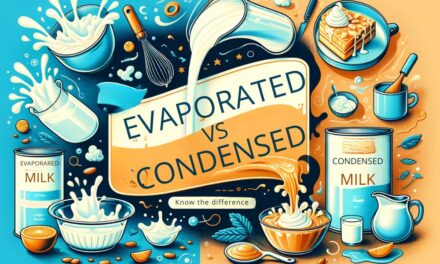Sugar is a common ingredient in the home kitchen, but it’s also used to preserve and enhance the quality of many foods. To make sure your baked goods turn out well every time, you need to know how sugar affects their quality so that you can use it effectively—and leave out what isn’t necessary.
The science of sugar & how it plays a vital role in baking
Sugar is an essential ingredient in many baking recipes, but why? What role does it play in the finished product? As a home baker, understanding the role of sugar in your baking can help you create the perfect cake, muffin, or brownie.
Sugar improves the quality of baked goods by tenderizing pastry and inhibiting staling reactions.
Sugar is hygroscopic, meaning it attracts water. This makes sugar an excellent binder and tenderizer in baked goods. It helps to keep a cake moist or keep cookies from being crumbly or dry.
Staling is a process that occurs in baked goods after baking, causing them to become stale and lose their freshness and initial eating qualities. Sugars inhibit staling reactions when you leave a pastry out at room temperature for too long (a few days). The starch molecules in your dough begin to crystallize as they absorb moisture from the air around them; this causes them to shrink into hard grayish-white lumps. Sugar inhibits these reactions by slowing down the absorption of moisture from the air into the dough.
Sugar binds to water, which increases chewiness in batters and doughs.
Sugar is hygroscopic, which means it attracts water. Water is an important ingredient in baking because it helps with gluten development and dissolves sugar. When you add sugar to a batter or dough, it binds with the water molecules and increases chewiness by trapping air bubbles formed during mixing. This results in baked goods that are more tender than those made without sugar.
Sugar acts as a preservative, helping to extend baked goods shelf life.
Sugar acts as a preservative by inhibiting microbial activity and slowing down the rate of spoilage. This is due to the osmotic pressure created by the sugar molecules, which prevents the growth of microorganisms and prevents food spoilage. Additionally, sugar helps to retain the flavor, texture, and color of the food. Sugar is used in a variety of foods, including jams, jellies, pickles, and other canned goods, as well as baked goods such as cakes and cookies, to help them stay fresh longer.
The sweetness of sugar helps mask unpleasant flavors and odors in food products.
The sweetness of sugar helps mask unpleasant flavors and odors in food products. For example, you may find that sugar helps to cover up a bitter taste, sour flavor in some foods or floury taste of cake. The sweetness reduces the intensity of these negative qualities.
Sugar Add Volume and Moisture
Sugar adds volume to the cake by providing structure and stability to the batter, as well as by providing leavening. Sugar helps to create a light and airy texture in cakes by trapping air bubbles in the batter, which expand when heated in the oven. Additionally, sugar helps to create a tender crumb and a moister cake by binding with water and inhibiting the development of gluten. This is especially true when the ratio of sugar to flour is increased.
Sugar makes baked goods more appealing by adding moisture and improving texture; it adds volume without making cakes too heavy.
Sugar Encourages Browning
Sugar plays an important role in the browning of baked goods. When sugar is heated, it absorbs moisture from its surroundings and breaks down, forming different compounds. These compounds are known as Maillard reaction, and they give baked goods a brown color and a pleasant flavor. Additionally, sugar helps to create a crisp outer crust on baked goods, which is a desirable trait.
What is Maillard reaction?
The Maillard reaction is a chemical between amino acids and reducing sugars that gives browned food its flavor and aroma. It is named after French chemist Louis-Camille Maillard, who first described it in 1912. The reaction is responsible for the flavor of bread, cookies, and other baked goods, as well as the golden-brown color of fried foods.[1] The Maillard reaction occurs when amino acids and reducing sugars are heated together, producing a mixture of complex compounds. This reaction is responsible for the non-enzymatic browning of food, and can produce hundreds of different flavor compounds depending on the chemical constituents in the food, the temperature, the cooking time, and the presence of air.[2]
Sources:
https://en.wikipedia.org/wiki/Maillard_reaction
https://byjus.com/chemistry/maillard-reaction/
Sugar provides food for yeast
Sugar plays an important role in baking bread with yeast. It provides food for the yeast, which helps it to grow and multiply. It also speeds up the rise time during proofing, and adds sweetness to the bread. Additionally, sugar helps to improve the texture and colour of the bread, and extends its freshness. Furthermore, sugar helps to provide sustenance for the yeast to perform properly and act as a leavening agent.
Conclusion
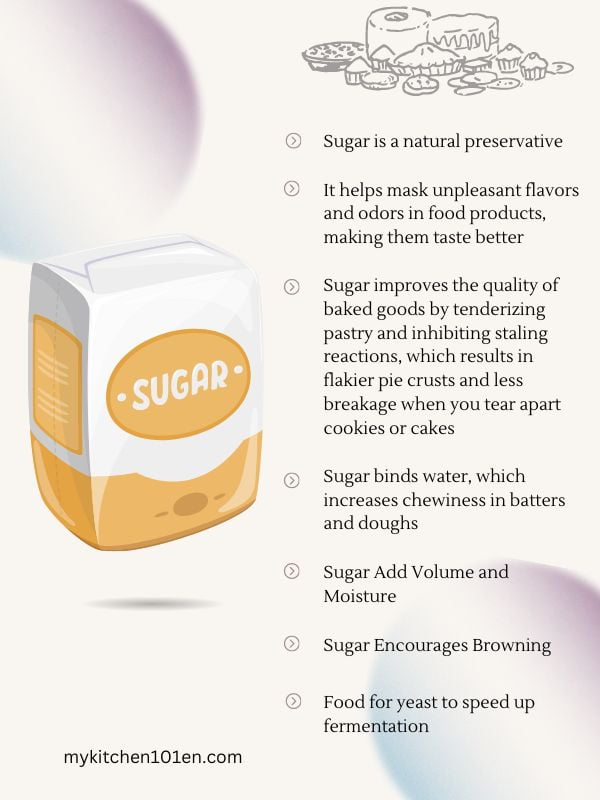
In short, sugar is a key component in baking a perfect cake. When used correctly, it helps to achieve the perfect texture and flavor you want in your baked goods. So make sure to use the right amount of sugar in your recipes for the best results.

